Chichibugahama – Japan’s Instafamous Mirror Beach
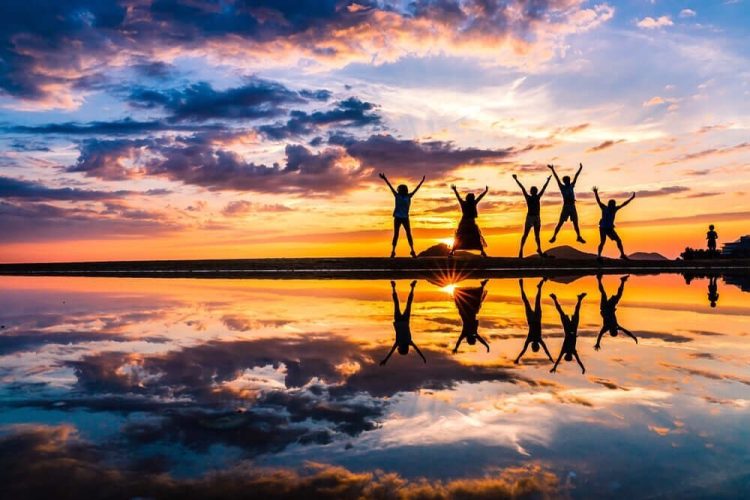
Chichibugahama Beach is a popular tourist destination in Mitoyo City, Japan which rose to fame thanks to photo-sharing social media platforms like Instagram. If you ever find ourself doubting the power of social media, just remember the story of Chichibugahama Beach. A once obscure seaside destination in Japan’s Kagawa Prefecture, this place turned into a […]
Portugal’s Anchor Cemetery – A Symbolic Memorial to a Dead Industry
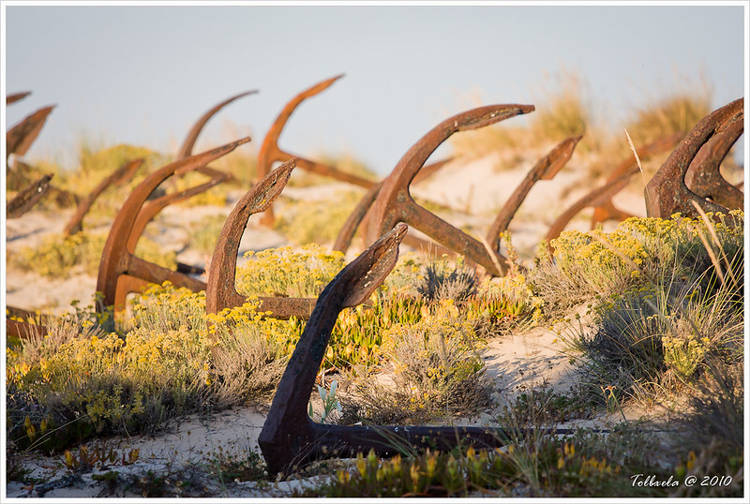
The sand dunes behind Barril Beach on Portugal’s southern Algarve Coast are home to over 200 rusty anchors abandoned there almost 60 years ago by the local tuna fishing community. O Cemitério das Âncoras (The Anchor Cemetery) is one of the most iconic Sights of the Algarve Coast, yet not many people know its history […]
Centuripe – A Small Italian Town Shaped Like a Person
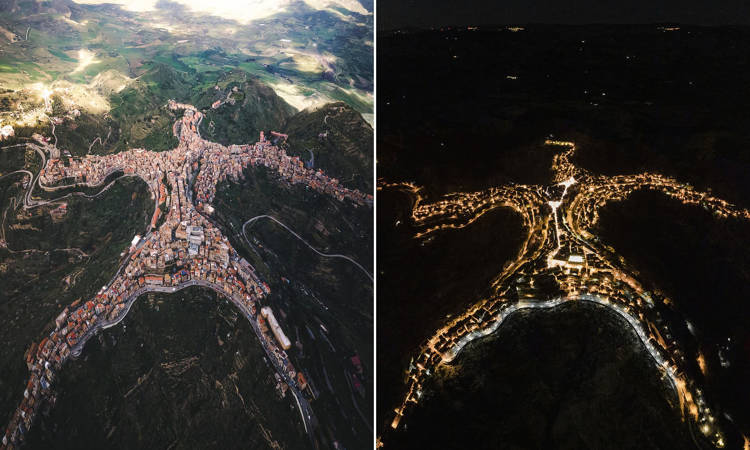
Centuripe, a small town tucked in the hills of Sicily, is known as “the balcony of Sicily” for the stunning views it offers across to Mount Etna, but few know that, from the air, the town itself is quite the sight. Pio Andrea Peri, a 32-year-old local photographer, recently used his drone to capture the […]
The Trembling Rock – A 132-Tonne Boulder That Anyone Can Move

The famous Trembling Rock of Huelgoat forest, in northeastern France, is a 7-meter-long, 137-tonne block of granite that anyone can move with their own hands, as long as they know how to push it. The forest of Huelgoat is home to numerous large boulders and geological wonders, but Trembling Rock is by far the most […]
The Desert of Maine – An Unusual Tourist Attraction
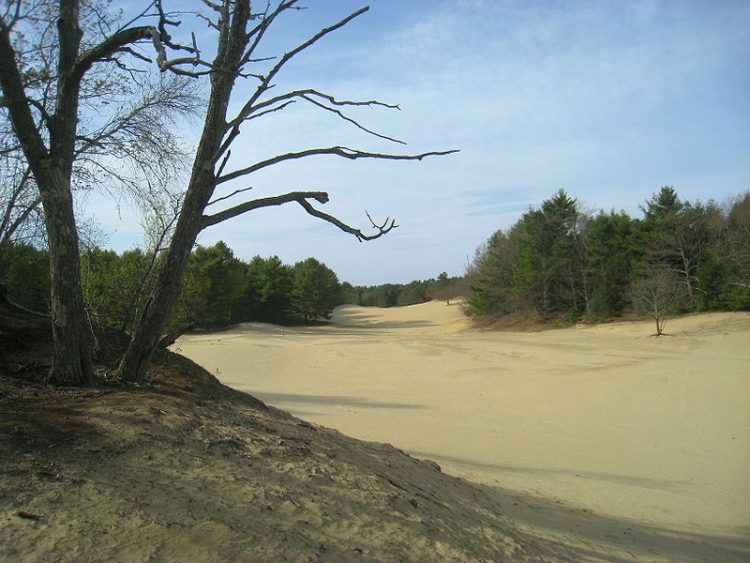
The Desert of Maine, a 40-something-acre patch of sand and silt near the town of Freeport, is a geological oddity, natural wonder, and a warning of what irresponsible land use can create. The “most famous natural phenomenon in Maine” is actually the result of poor land management over several generations. Although not technically a desert […]
Monkey Mia – The Australian Paradise That Dolphins Visit Daily
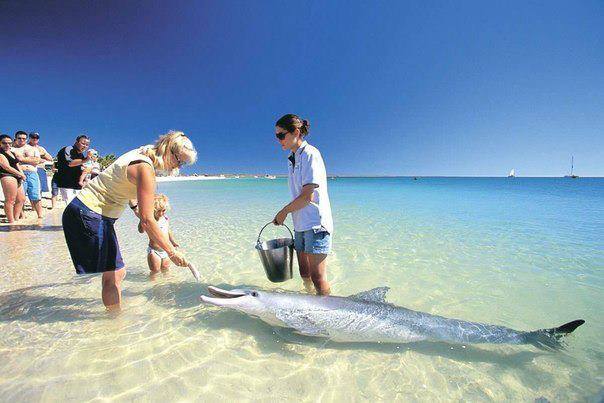
If you’ve ever wanted to see a dolphin up-close in its natural habitat, and, if you’re lucky, even hand feed it a tasty treat, there’s no place to do it at than Monkey Mia, the only beach in Australia that dolphins visit every day. The wild dolphins of Monkey Mia, on the coast of Western […]
Baljenac – Croatia’s Famous Fingerprint Island
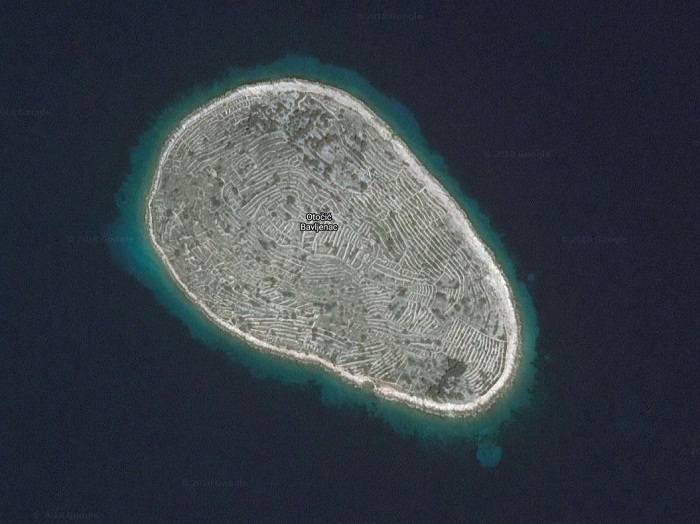
Located off the coast of Croatia, in the Adriatic Sea, Baljenac is a tiny island covered by a series of dry-stone walls that make it look like a giant fingerprint when seen from above. The oval-shaped island of Baljenac is covered by a 23-kilometer-long network of dry-stone walls. you’d think it was an ancient labyrinth, […]
Sweden Hills – An Idyllic Piece of Sweden in Japan
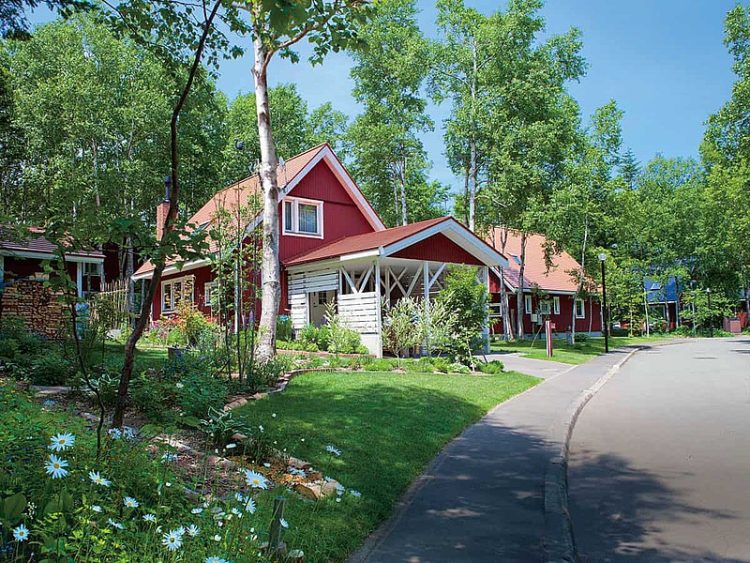
Walking through the streets of Sweden Hills, with its traditional read-and-white Swedish houses, Swedish flags and traditional Swedish outfits, you’d never guess you were on the island of Hokkaido, in Japan. Located in Tōbetsu, about 30 kilometers from Sapporo, the largest city on Hokkaido, Sweden Hills (スウェーデンヒルズ) was inspired by the visit of a Swedish […]
World’s Largest Rhythmic Spring Stops Flowing Every 15 Minutes
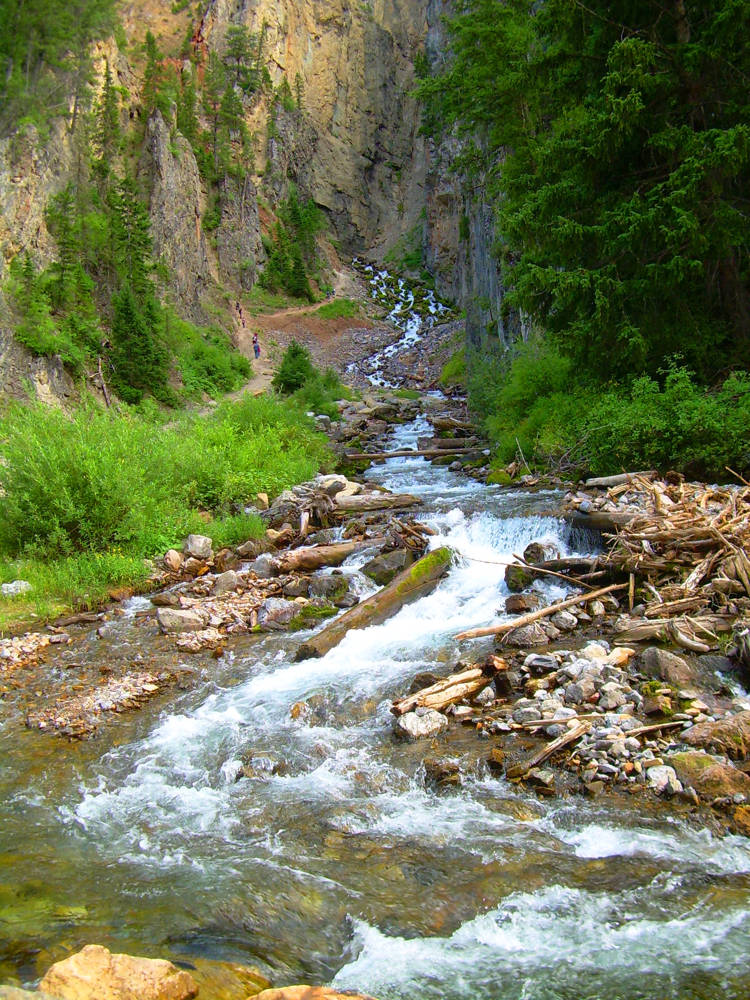
Just east of Afton town, at the foot of a rocky mountain in Wyoming, lies one of the world’s most mysterious natural wonders – a rhythmic spring that intermittently stops and starts flowing around every 15 minutes. Only a few rhythmic springs exist in the world, and Intermittent Spring in Wyoming’s Swift Creek canyon is […]
This New Zealand Lake Is the Clearest Body of Fresh Water Known to Man
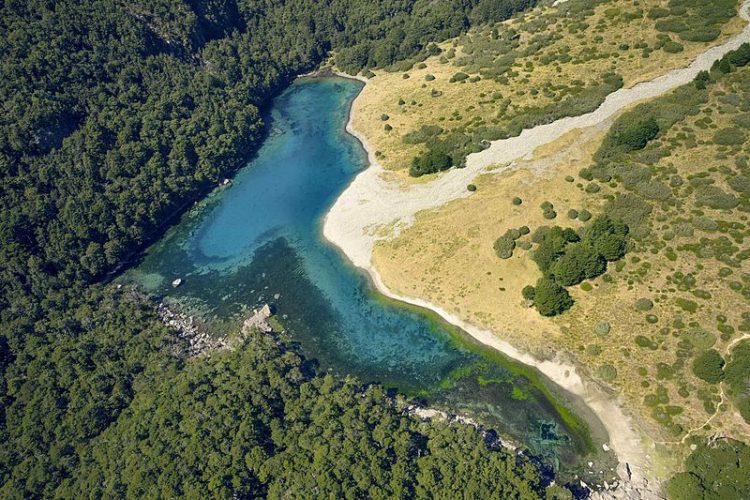
Rotomairewhenua, also known as the Blue Lake of New Zealand’s Nelson Lakes National Park, is officially recognized as the clearest body of fresh water in the world. Blue Lake is spring fed by the neighboring glacial Lake Constance, and the water passes through a natural debris damn formed a long time ago by a landslide. […]
Brazil’s Unique “Coca Cola Lagoon”
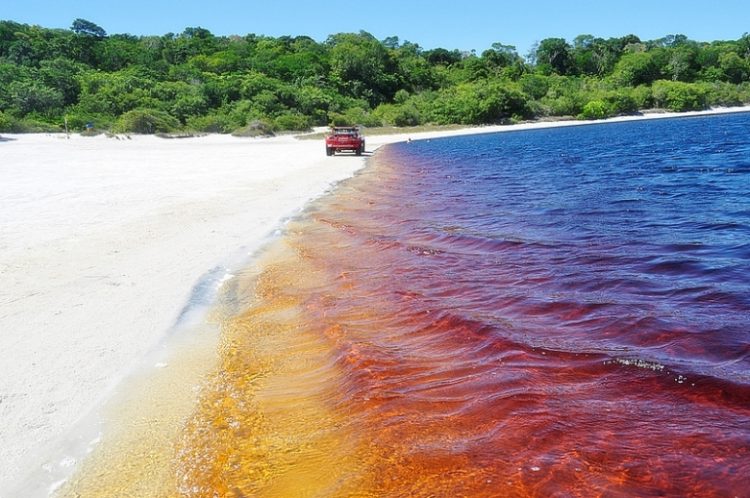
Ever dreamed of swimming in a lake of Coca Cola? Well, you can actually do just that at the unique Coca Cola Lagoon in Rio Grande del Norte, Brazil, where the water has the exact same color as the popular soft drink. Looking at the water of Lagoa da Araraquara, it’s easy to see why […]
Mount Thor – The World’s Tallest Vertical Rockface
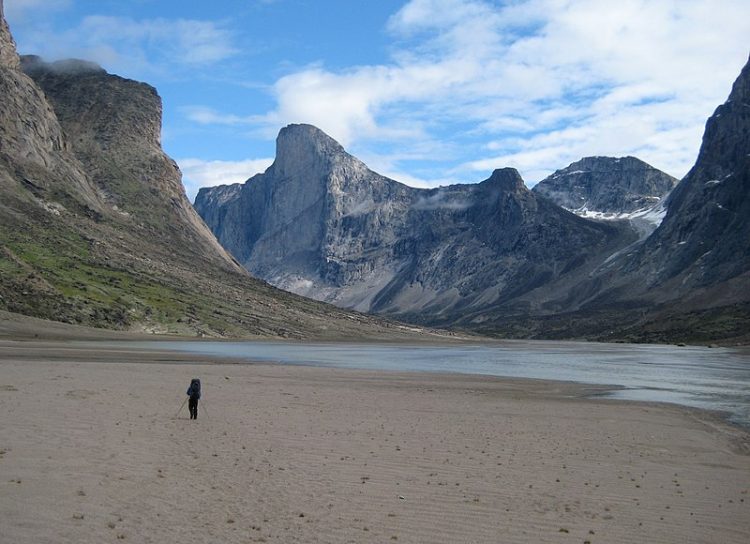
Named after the Nordic god of Thunder, Mount Thor is the world’s tallest vertical rockface, which also makes it one of the most difficult rock formations to climb. A part of the Auyuittuq National Park, on northern Canada’s remote Baffin Island, Mount Thor isn’t the park’s tallest peak, but it is definitely the most intimidating, […]
Cono de Arita – Argentina’s Mysterious Natural Pyramid
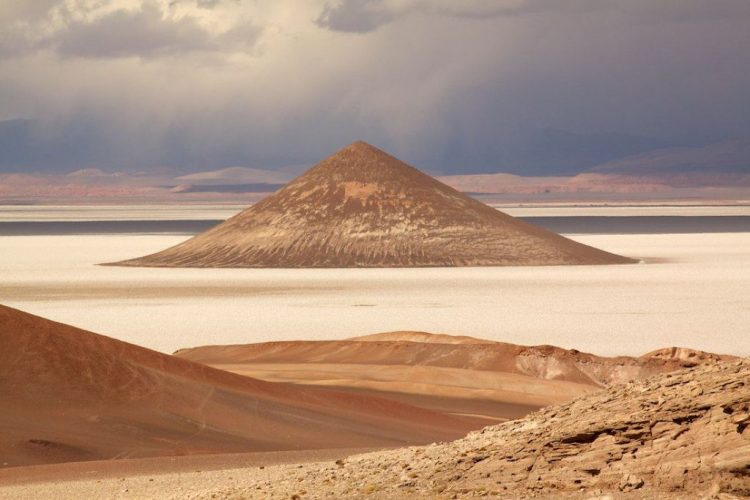
The Salar de Arizaro, Argentina’s second largest salt flat, is home to one of the world’s most mysterious natural formations – Cono de Arita, a 200-meter-tall conical pyramid that’s so perfectly shaped that it appears man-made. In fact, all through the early twentieth century, everyone was convinced that Cono de Arita, like the actual pyramids […]
Burj Al Babas – Turkey’s Famous Ghost Town of Fairytale Castles
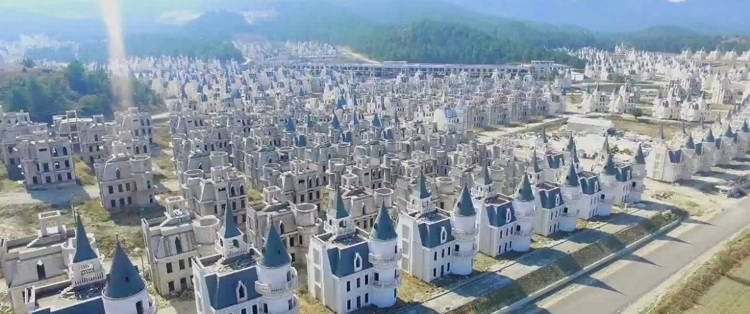
Burj Al Babas is an abandoned housing development in Turkey, which consists of hundreds of miniature Disney-like chateaus stretching out almost as far as the eye can see. It was supposed to be a bustling holiday retreat for the world’s super-rich, a neighborhood of castle-inspired villas spread around in a picturesque valley, near the the […]
Breiðamerkursandur – Iceland’s Stunning Diamond Beach
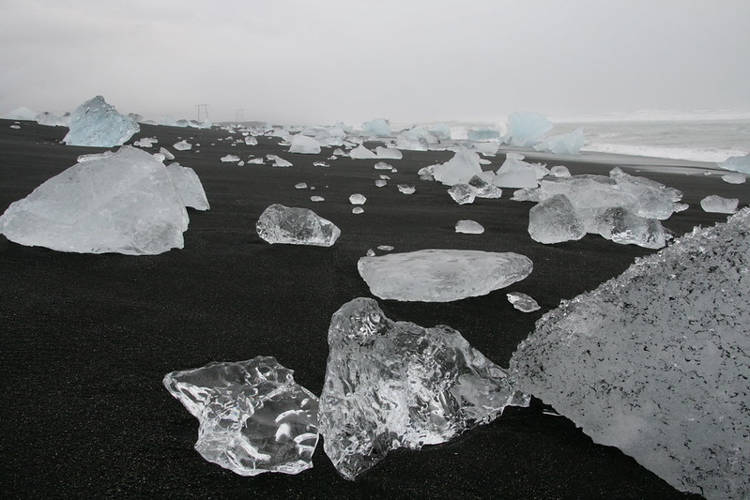
A black sand beach littered with huge chunks of glistening ice has become one of the most visited attractions in Iceland, and for good reason, it looks like something out of a fantasy movie. Known as Breiðamerkursandur in Icelandic, Diamond Beach takes its name from the chunks of pristine ice scattered across the black volcanic […]
